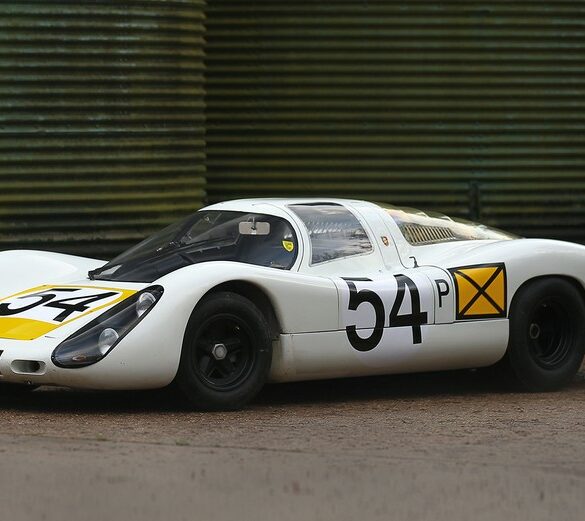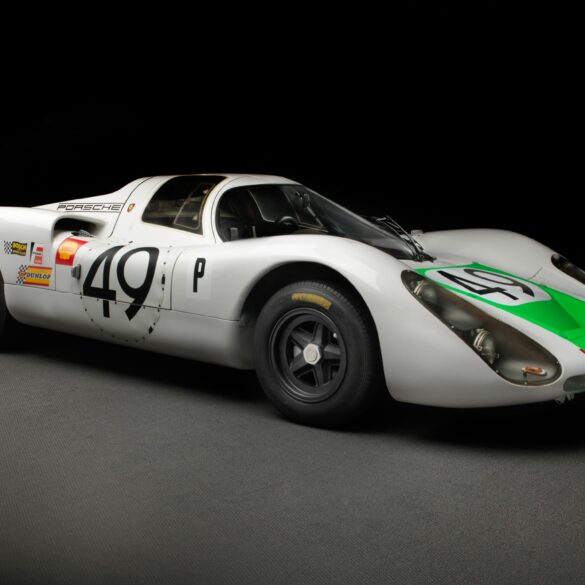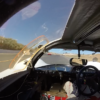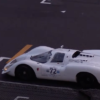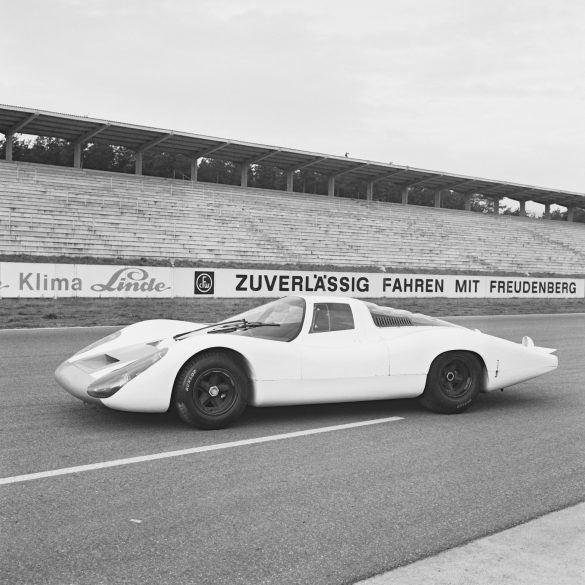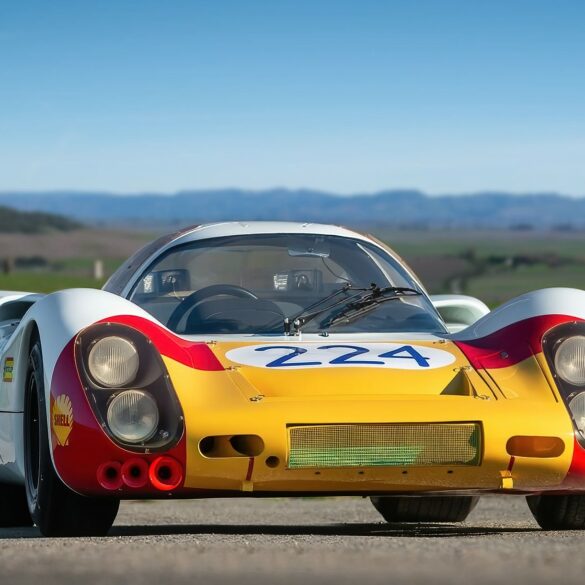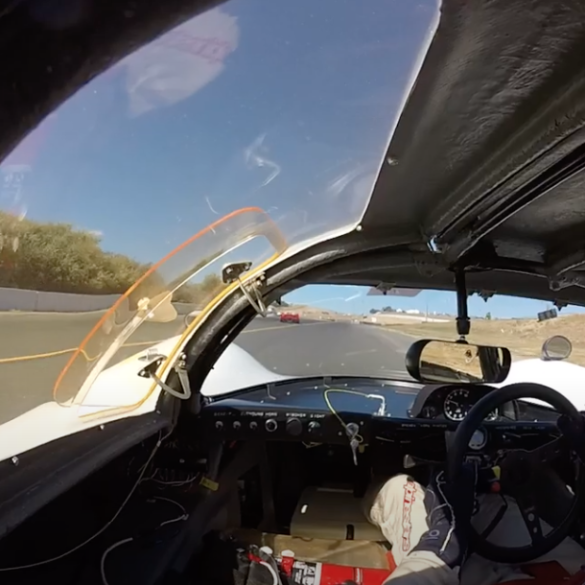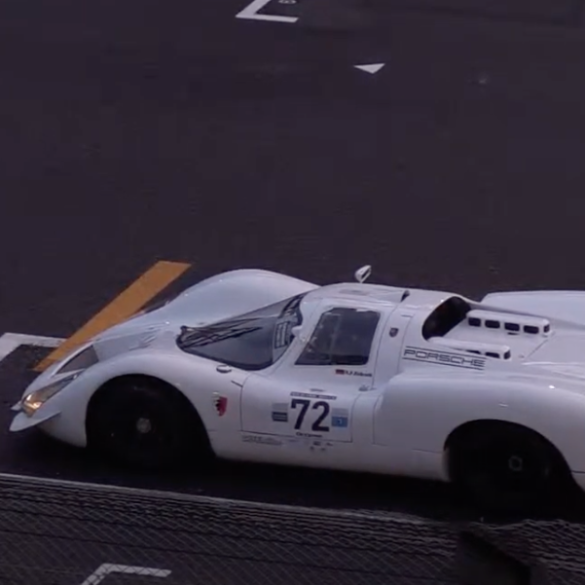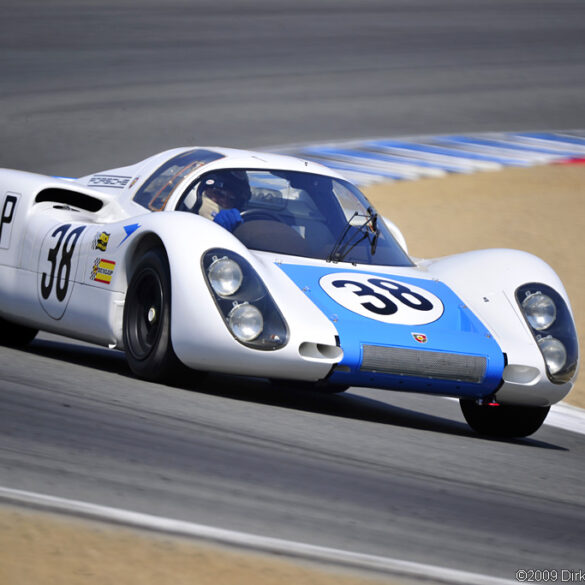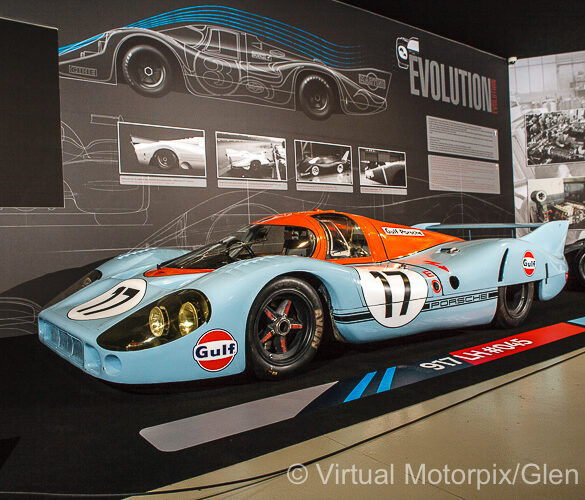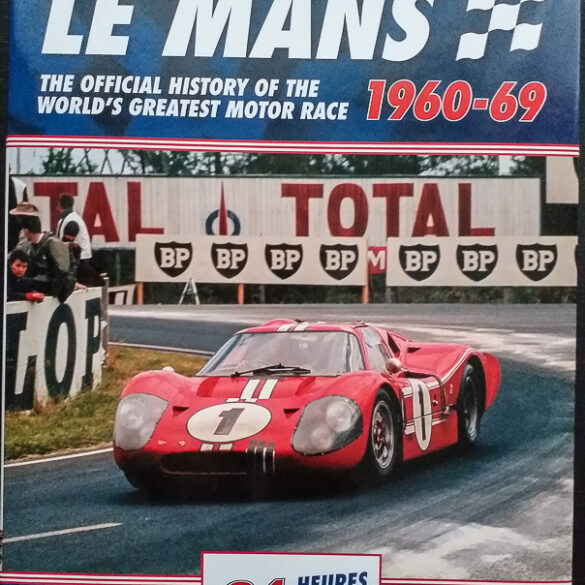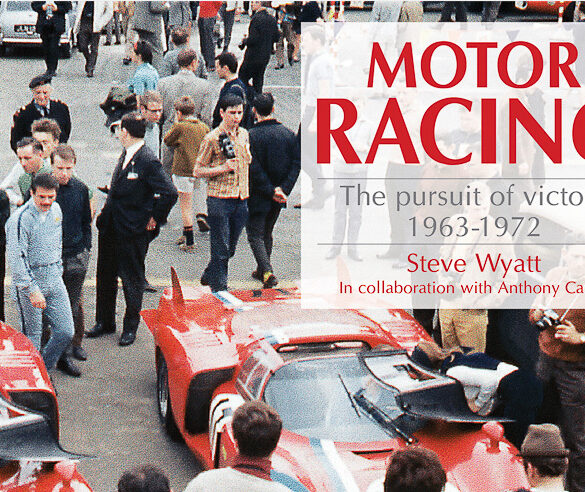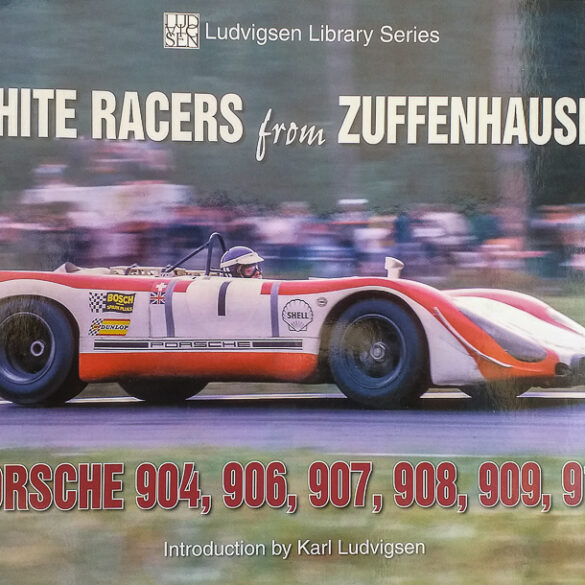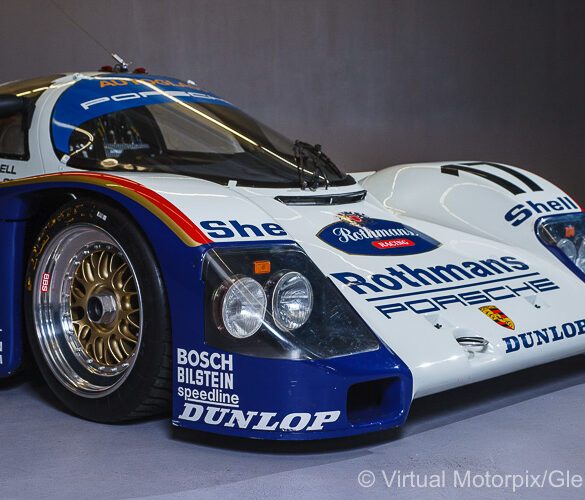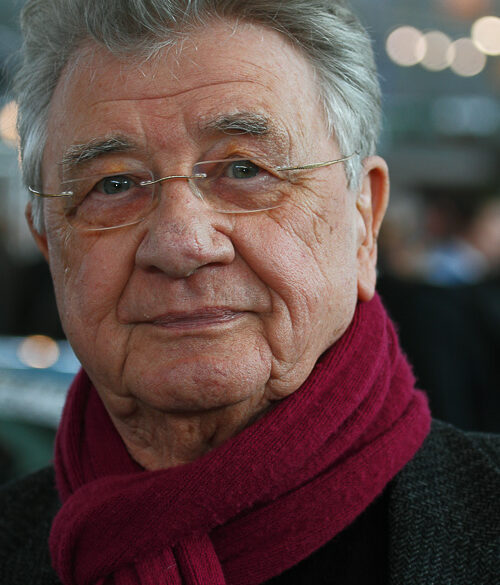Porsche 907 - The Ultimate Guide
Streamlined. Evolutionary. Endurance-Racer
Model Guides / Featured Stories / Pictures & Videos / FAQs / News & Updates
Porsche 907 Basics
Manufacturer: Porsche
Production Years: 1966-1967
Production: ~ 21 units
Body style: 2-door coupe
Layout: Rear mid-engine, RWD
Engines: 2.0L flat-6 or 2.2L flat-8
Predecessor: Porsche 910
Successor: Porsche 908
Accomplishments: 1968 Daytona 24h winner & 1968 Targa Florio winner
The Porsche 907 was a prototype racer during 1967 and 1968 and it was the first Porsche car to win the Daytona 24 Hours. It was revolutionary design, with long tail body designed to be slippery and low-drag for long endurance races. It also had innovations like the position of the driver seat, which was moved to the right side in order to be an advantage on the clockwise run circuits.
While the design was revolutionary, the chassis was similar to the Porsche 910 with a traditional steel tubular monocoque and conventional suspension. Initially designed for a flat-eight engine, the flat six was more reliable. Even with the less powerful engine, the Porsche 907 was able to reach the speed over 300 km/h at Mulsanne Straight. The new car was presented in the 1967 Le Mans 24h test. The engineers weren’t happy after Porsche 907 was unstable at speed, the rear wing had to be modified and there were many more small things that had to be developed. Porsche fielded two cars in the race. The first car retired after six hours due to an engine failure while the second car finished 5th, behind two Fords and two Ferraris. The Porsche 907 raced just once more in 1967 and finished 4th at Brands Hatch 6 Hours.
The regulations changed in 1968 and Porsche had an advantage to Ford and Ferrari who previously used big and more powerful V8 and V12 engines. Italian manufacturer wasn’t able to prepare the car under new regulations and sat out the whole campaign. Porsche’s appetite grew and was resolute to win World Sportscar Championship and to triumph at Le Mans. Porsche fielded no less than four Porsche 907L cars at Daytona 24 Hours. Equipped with the new flat engines and with a couple of small changes in design, modified 907 was lighter and ready to conquer tracks worldwide. At Daytona, one of the cars crashed while was leading the race, while the other three impressed with 1-2-3 finish what was Porsche’s first victory at Daytona and also maiden win in any 24-hour race. Drivers of the winning car were Vic Elford, Jochen Neerspach, Rolf Stommelen, Jo Siffert, and Hans Herrmann.
The next success was a victory at Sebring 12 Hours, with Siffert and Herrmann sharing the seat of Porsche 907, while later in the year Vic Elford and Umberto Maglioli triumphed in notorious Targa Florio race. That was the last big win for Porsche 907 as it was replaced with a new 3-liter Porsche 908. However, 907 continued its life for a while. After Porsche factory team began to race with 908s, remaining 907s were used by private teams.
Porsche 907 Pictures, Galleries & Wallpapers
The Porsche 907 was low, sleek and unlike any other endurance car before it. These picture galleries show you just how advanced it was for the era.
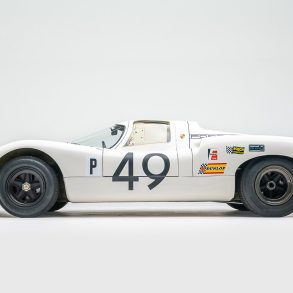
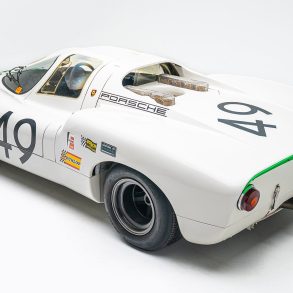
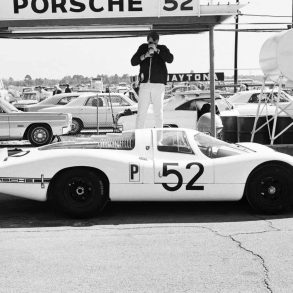
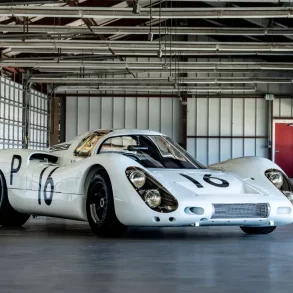
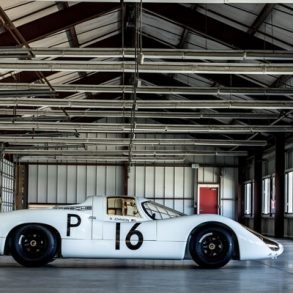
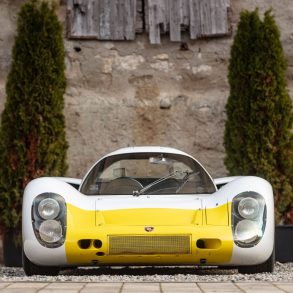
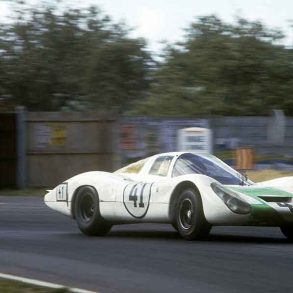
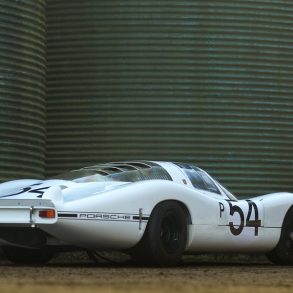
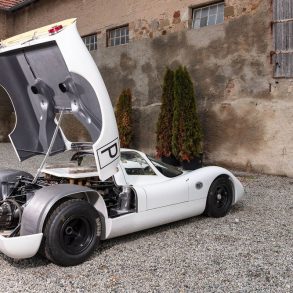
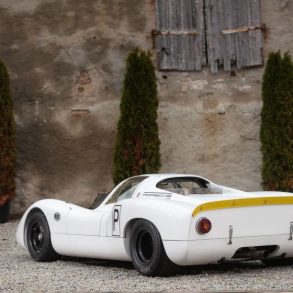
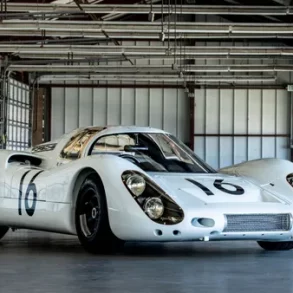
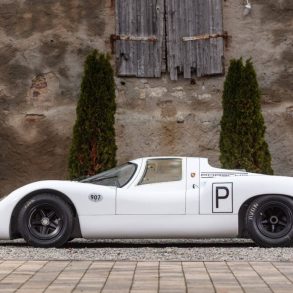
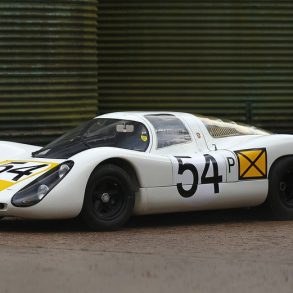
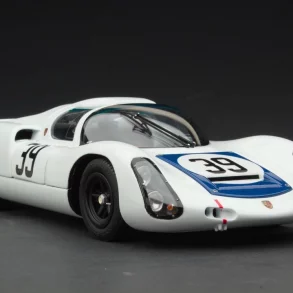
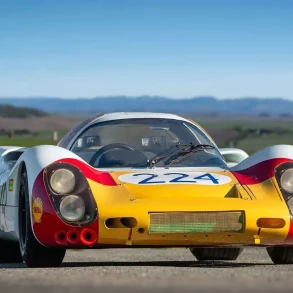
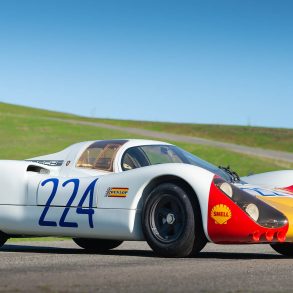
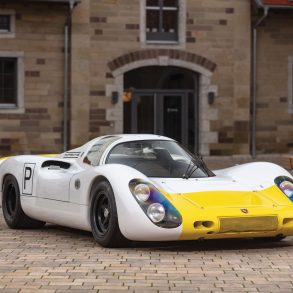
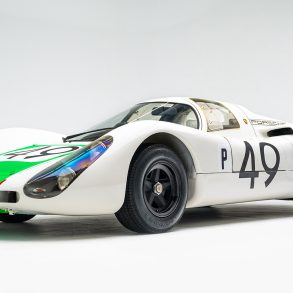
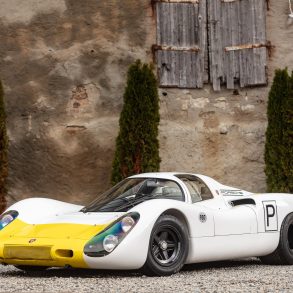
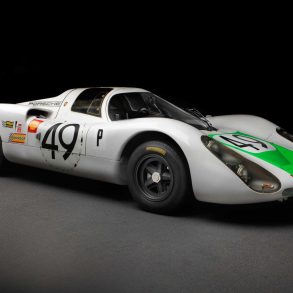
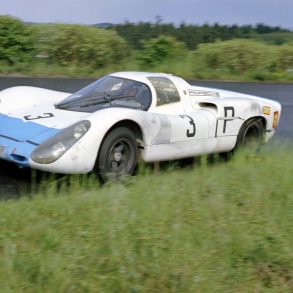 Nürburgring 1000 Km, 19 May 1968: Rolf Stommelen/Hans Herrmann took their No. 3 Porsche 907 KH Coupé to an overall second place finish. Corporate Archives Porsche AG
Nürburgring 1000 Km, 19 May 1968: Rolf Stommelen/Hans Herrmann took their No. 3 Porsche 907 KH Coupé to an overall second place finish. Corporate Archives Porsche AG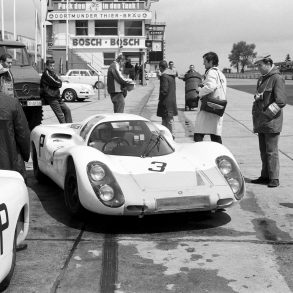 Nürburgring 1000 Km, 19 May 1968: The No. 3 Porsche 907 KH Coupé was driven to a fine second place overall by Hans Herrmann/Rolf Stommelen. To the left is the No. 4 car which finished in fourth place. Corporate Archives Porsche AG
Nürburgring 1000 Km, 19 May 1968: The No. 3 Porsche 907 KH Coupé was driven to a fine second place overall by Hans Herrmann/Rolf Stommelen. To the left is the No. 4 car which finished in fourth place. Corporate Archives Porsche AG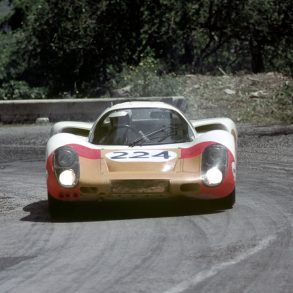 Targa Florio, 5 May 1968: A really great head-on shot of the No. 224 Porsche 907 KH which was driven to overall victory by Vic Elford and Umberto Maglioli. Corporate Archives Porsche AG
Targa Florio, 5 May 1968: A really great head-on shot of the No. 224 Porsche 907 KH which was driven to overall victory by Vic Elford and Umberto Maglioli. Corporate Archives Porsche AG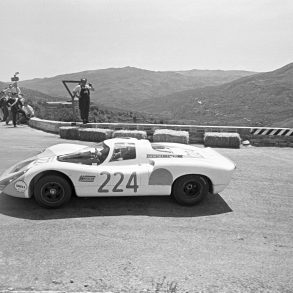 Targa Florio, 5 May 1968: The No. 224 Porsche 907 KH was driven to overall victory by Vic Elford and Umberto Maglioli. Corporate Archives Porsche AG
Targa Florio, 5 May 1968: The No. 224 Porsche 907 KH was driven to overall victory by Vic Elford and Umberto Maglioli. Corporate Archives Porsche AG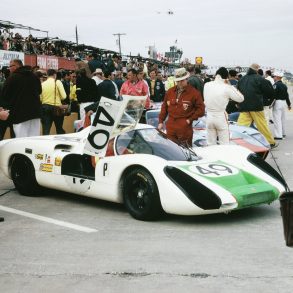 Sebring 12 Hours, 23 March 1968: Jo Siffert and Hans Herrmann drove the No. 49 Porsche 907 KH to overall victory. Standing to the left with helmet before the start is Jo Siffert. Corporate Archives Porsche AG
Sebring 12 Hours, 23 March 1968: Jo Siffert and Hans Herrmann drove the No. 49 Porsche 907 KH to overall victory. Standing to the left with helmet before the start is Jo Siffert. Corporate Archives Porsche AG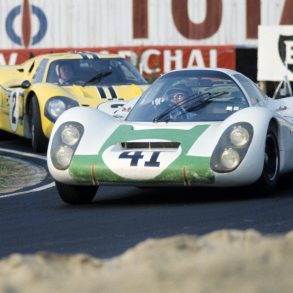 Le Mans 24 Hours, 10-11 June 1967: The No. 41 907 LH was driven by Jo Siffert and Hans Herrmann (in the vehicle) to a fine fifth place overall and first in the Prototype 2.0 class. Corporate Archives Porsche AG
Le Mans 24 Hours, 10-11 June 1967: The No. 41 907 LH was driven by Jo Siffert and Hans Herrmann (in the vehicle) to a fine fifth place overall and first in the Prototype 2.0 class. Corporate Archives Porsche AG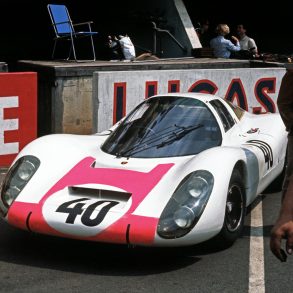 Le Mans 24 Hours, 10-11 June 1967: The No. 40 907 LH of Jochen Rindt and Gerhard Mitter on the grid prior to the race start. Corporate Archives Porsche AG
Le Mans 24 Hours, 10-11 June 1967: The No. 40 907 LH of Jochen Rindt and Gerhard Mitter on the grid prior to the race start. Corporate Archives Porsche AG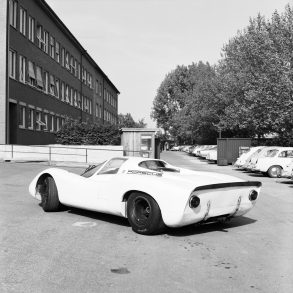 Rear three-quarter view of the Porsche 907 KHCoupé prototype, 1968. Corporate Archives Porsche AG
Rear three-quarter view of the Porsche 907 KHCoupé prototype, 1968. Corporate Archives Porsche AG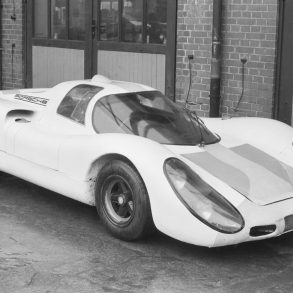 Front three-quarter view of the Porsche 907 KH. Corporate Archives Porsche AG
Front three-quarter view of the Porsche 907 KH. Corporate Archives Porsche AG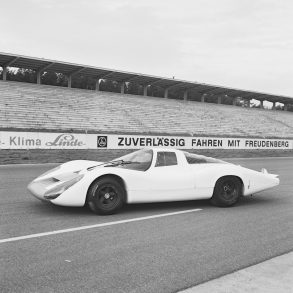 Porsche 907 LH Coupé at the Hockenheim press launch in December 1967. Corporate Archives Porsche AG
Porsche 907 LH Coupé at the Hockenheim press launch in December 1967. Corporate Archives Porsche AGPorsche 907 Videos
Experience the Porsche 907 dominance in these awesome videos.
Porsche 907 FAQs
Find answers to the most frequently asked questions about the iconic Porsche 907, covering its history, specifications, racing legacy, stories and more.
How many Porsche 907 are there?
Porsche built a total of 21 Porsche 907s between 1967 and 1968. These cars were purpose-built prototypes designed specifically for endurance racing, and they came in both short-tail and long-tail configurations depending on the race and aerodynamic needs.
Despite the low production number, the 907 played a crucial role in Porsche’s motorsport journey, bridging the gap between the 910 and the legendary 908 and 917. Each chassis was a serious piece of engineering, optimized for lightweight performance, high-speed stability, and long-distance durability. Today, surviving examples are exceedingly rare and highly prized by collectors and vintage racers.
What is the price of a Porsche 907 today?
The price of a Porsche 907 today typically ranges from $4 million to over $6 million, depending on its condition, originality, and most importantly, its racing history. Cars with notable appearances or podium finishes at major events like Le Mans, Daytona, or the Targa Florio can command premium prices.
With only 21 examples ever built and its significance as a key stepping stone in Porsche’s prototype racing legacy, the 907 is both extremely rare and historically important. As such, it’s considered a crown jewel in Porsche’s golden era of endurance racing and is highly sought after by collectors and historic motorsport enthusiasts alike.
What kind of horsepower did the Porsche 907 have?
The Porsche 907 came with two main engine configurations during its racing life, each offering a different level of performance depending on the race and regulations.
Most commonly, the 907 was powered by a 2.0-liter flat-six engine, similar to those used in the 906 and 910, producing around 220 to 230 horsepower. This version was optimized for reliability and fuel efficiency in long-distance endurance races, particularly in the early outings of the 907.
Later variants, especially those competing in events where more power was needed, were fitted with a 2.2-liter or 2.2–2.3-liter flat-eight engine, derived from Porsche’s Formula One technology. These high-revving engines produced around 270 to 290 horsepower, giving the 907 a much stronger top-end performance—especially useful on high-speed circuits like Le Mans or Monza.
Combined with its lightweight chassis (around 600 kg / 1,320 lbs) and aerodynamic long-tail bodywork, the 907’s powertrain delivered exceptional speed, handling, and endurance performance, making it a formidable competitor in the late 1960s prototype racing scene.
What kind of racing success did the Porsche 907 have?
The Porsche 907 enjoyed significant racing success during its brief but impactful tenure between 1967 and 1968, playing a crucial role in Porsche’s climb to dominance in endurance racing. It was the first Porsche prototype specifically designed to challenge for outright victories rather than just class wins—and it delivered.
One of the 907’s most historic moments came in 1968 at the 24 Hours of Daytona, where Porsche scored a 1-2-3 finish, marking the brand’s first overall win at a 24-hour endurance race. This was a landmark achievement, proving that Porsche could not only compete with but beat giants like Ford and Ferrari on the global stage. The victory established the 907 as a serious prototype and positioned Porsche as a legitimate contender for outright wins, not just class honors.
The 907 also saw strong performances at other major races, including the 12 Hours of Sebring, the Targa Florio, and Le Mans, often placing high overall and winning its class. In 1967, the 907 was entered in both short-tail and long-tail configurations, the latter developed specifically for the high-speed Mulsanne straight at Le Mans. While it didn’t win Le Mans outright, it laid the groundwork for the later 908 and 917, which would go on to achieve legendary status.
Overall, the Porsche 907 proved that Porsche could build not just quick and reliable race cars, but true prototypes capable of leading the pack. Its success was pivotal in Porsche's evolution from underdog to powerhouse in the golden era of endurance racing.
What was so special about the Porsche 907?
The Porsche 907 was special because it marked a major turning point in Porsche’s motorsport ambitions—it was the brand’s first prototype race car truly engineered to go after outright victories at the world’s biggest endurance events, not just class wins. Introduced in 1967, the 907 combined lightweight construction, refined aerodynamics, and increasingly powerful engines to push Porsche into the top tier of international sports car racing.
One of the most notable features of the 907 was its long-tail body design, created specifically for high-speed circuits like Le Mans. This aerodynamic shape gave it exceptional stability and straight-line speed, making it more competitive against the big-displacement V8s and V12s from Ferrari and Ford. It was also a versatile platform—used in both short-tail and long-tail variants—and powered by either a 2.0-liter flat-six or a more powerful 2.2-liter flat-eight, delivering up to 290 horsepower in a car that weighed just over 600 kg (1,320 lbs).
But what truly set the 907 apart was its racing success. In 1968, the 907 delivered Porsche its first-ever overall 24-hour endurance race victory at Daytona, sweeping the podium with 1st, 2nd, and 3rd place finishes. This wasn’t just a win—it was a statement that Porsche was ready to challenge the world’s best for overall honors. It also played a pivotal role in Porsche winning the 1968 International Championship for Makes, the precursor to today’s World Endurance Championship.
Ultimately, the Porsche 907 was more than just a race car—it was a launchpad. It proved that Porsche’s engineering philosophy of lightweight agility and technical precision could beat brute force, and it laid the foundation for the even more dominant 908 and 917 that followed. In the story of Porsche’s rise to racing greatness, the 907 was the car that turned potential into reality.
Join Our Porsche Community
Sign up for our weekly Porsche newsletter. The latest Porsche news, rumors, reviews and more delivered to your inbox. Cool Porsche stuff perfect for the flat-six obsessed.



